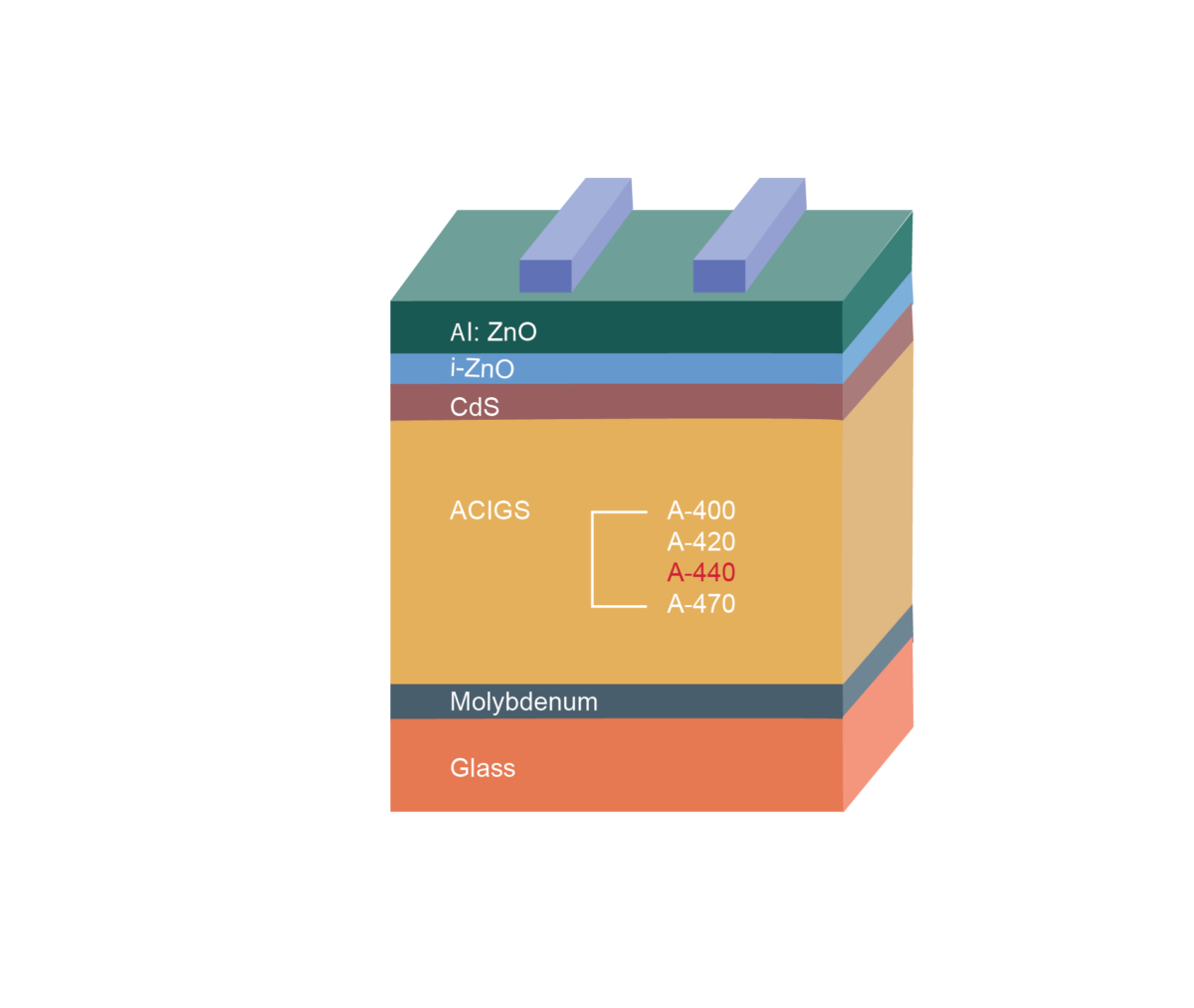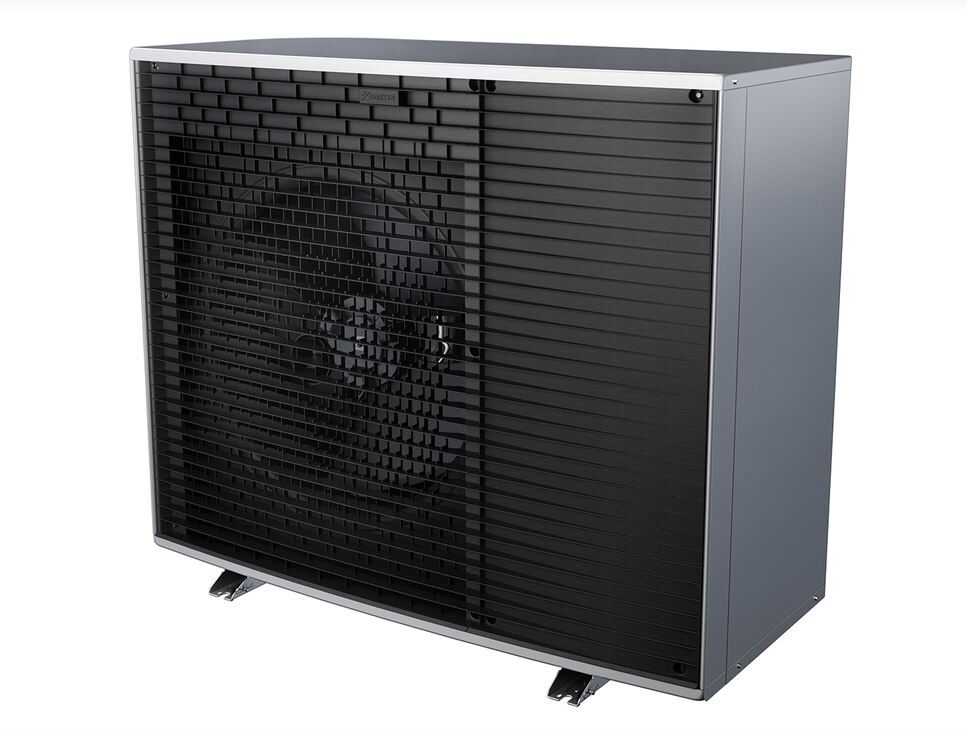Researchers from the Daegu-Gyeongbuk Institute of Science and Technology (DGIST) in South Korea have developed a silver-alloyed photovoltaic cell based on copper, indium, gallium and selenium (CIGS) thin-film technology, which they claim can reach a remarkable power conversion efficiency of 17.7% without applying post-deposition treatments or anti-reflection coatings.
The scientists explained that silver-alloyed CIGS (ACIGS) PV devices require a production process that needs lower evaporation temperatures and enables lower energy bandgaps.
“This investigation aims to explore the impact of fabrication conditions, such as the processing temperature or amount of silver (Ag) added,” they stated. “Our objective is to enhance the current density for fabricating high-efficiency perovskite/CIGS tandem solar cells with the potential to achieve efficiencies exceeding 30%.”
The research group fabricated different cell samples, in which copper (Cu) and selenium (Se) were evaporated at substrate temperatures ranging from 340 C to 470 C. The fabrication process, across all samples, started with an ultra-thin layer of Ag. Then, a three-stage co-evaporation process was initiated. In its first stage, indium (In), gallium (Ga), and Se were supplied at a temperature of approximately 340 C.
The second stage consisted of evaporating Cu and Se at substrate temperatures ranging from 340 C to 470 C until a Cu-rich CIGS phase was formed. In the third and final stage, In, Ga, and Se were evaporated onto the substrate at the same temperature as in the second stage.
After completing the three-stage process, the films were evaluated using X-ray diffraction (XRD), scanning electron microscopy (SEM), and scanning transmission electron microscopy (STEM) combined with energy-dispersive X-ray (EDX) analysis.
The scientists fabricated the cell with a glass substrate, a buffer layer made of molybdenum trioxide (MoO3), the ACIGS absorber, a cadmium sulfide (CdS) buffer layer, a window layer of zinc oxide (i-ZnO), and an aluminum-doped ZnO (AZO) window layer.
Tested under standard illumination conditions, the cell, processed at a temperature of 340 C, reached an efficiency of 15.4%.
When processed at temperatures of 440 C, the device achieved a power conversion efficiency of 17.7%. “The cell's short-circuit density can be controlled by the processing temperature in the ACIGS configuration,” they stated. “These results emphasize the significance of understanding the deposition temperature and its impact on the properties of ACIGS films, paving the way for further advancements in solar-cell technology.”
The solar cell design was presented in the paper “Exploring the deposition pathway in the notch region of double-graded bandgap ACIGS solar cells,” published in the Journal of Science: Advanced Materials and Devices. “This study demonstrates correlations between element diffusion behavior and notch-point formation in ACIGS films, which ultimately influence the resulting current circuit voltage and fill factor,” the scientists concluded.
This content is protected by copyright and may not be reused. If you want to cooperate with us and would like to reuse some of our content, please contact: editors@pv-magazine.com.



By submitting this form you agree to pv magazine using your data for the purposes of publishing your comment.
Your personal data will only be disclosed or otherwise transmitted to third parties for the purposes of spam filtering or if this is necessary for technical maintenance of the website. Any other transfer to third parties will not take place unless this is justified on the basis of applicable data protection regulations or if pv magazine is legally obliged to do so.
You may revoke this consent at any time with effect for the future, in which case your personal data will be deleted immediately. Otherwise, your data will be deleted if pv magazine has processed your request or the purpose of data storage is fulfilled.
Further information on data privacy can be found in our Data Protection Policy.